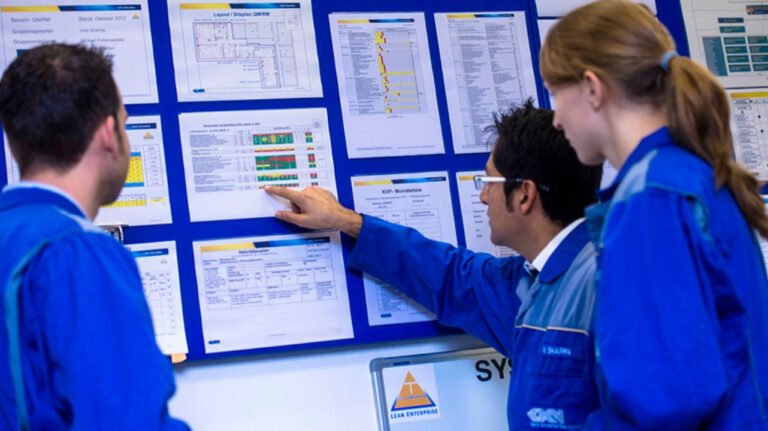How the great supply chain reset is unfolding
Companies are making their supply chains more cost-efficient, resilient and sustainable in an increasingly uncertain world.
In brief
- Inflationary pressure, supply uncertainty, geopolitical, economic, and ESG pressures are causing a rethink of traditional global supply chain models.
- Linear, lowest-cost supply chains are giving way to more multi-dimensional supply networks that better balance risk, sustainability, speed, agility and cost.
- Companies need to rethink where they operate, the materials they source, the suppliers they buy from, and their physical supply footprint and operating model.
Over the last couple of decades, many supply chains have become linear global chains, stretched to their limit in pursuit of efficient, mass production with low-cost countries, just-in-time inventory and limited inherent resilience.
These models were geared towards growing volumes of open, cross-border trade in a relatively stable world. Manufacturers also became accustomed to an abundant supply of raw materials, leading to low prices and downward spiral in investments. Furthermore, this low-cost, single-use mentality typically failed to consider the environmental and sustainability impact of products, processes and physical supply routes.
However, in the face of international trade policy change and global tax reforms, massive disruptions from the COVID-19 pandemic, the war in Ukraine, increasing China-US tensions, shipping delays, and environmental, social and governance (ESG) pressures, companies in many sectors are being forced to shift to segmented “supply networks.” This involves re-orienting the supply chain towards supply security, energy transition, talent, and increased agility.
These factors combined have led to the unfolding of the great supply chain reset. A reset involves more than just tinkering with the edges of supply chains. It impacts the entire business model, from strategy, marketing and design, to sourcing, manufacturing, packaging, storage and transportation. In many cases, companies will be reconstructing their entire value chain, including their business management and supply chain control hubs, and associated tax models.
Five elements of the great supply chain reset
There are five key elements to the great supply chain reset. Future supply chains, or supply networks, should support efforts to reduce material consumption and carbon footprint and increase circularity and biodiversity. They also need to be resilient enough to withstand environmental and geopolitical shocks and adapt to changing legislative measures.







